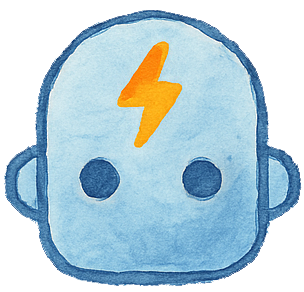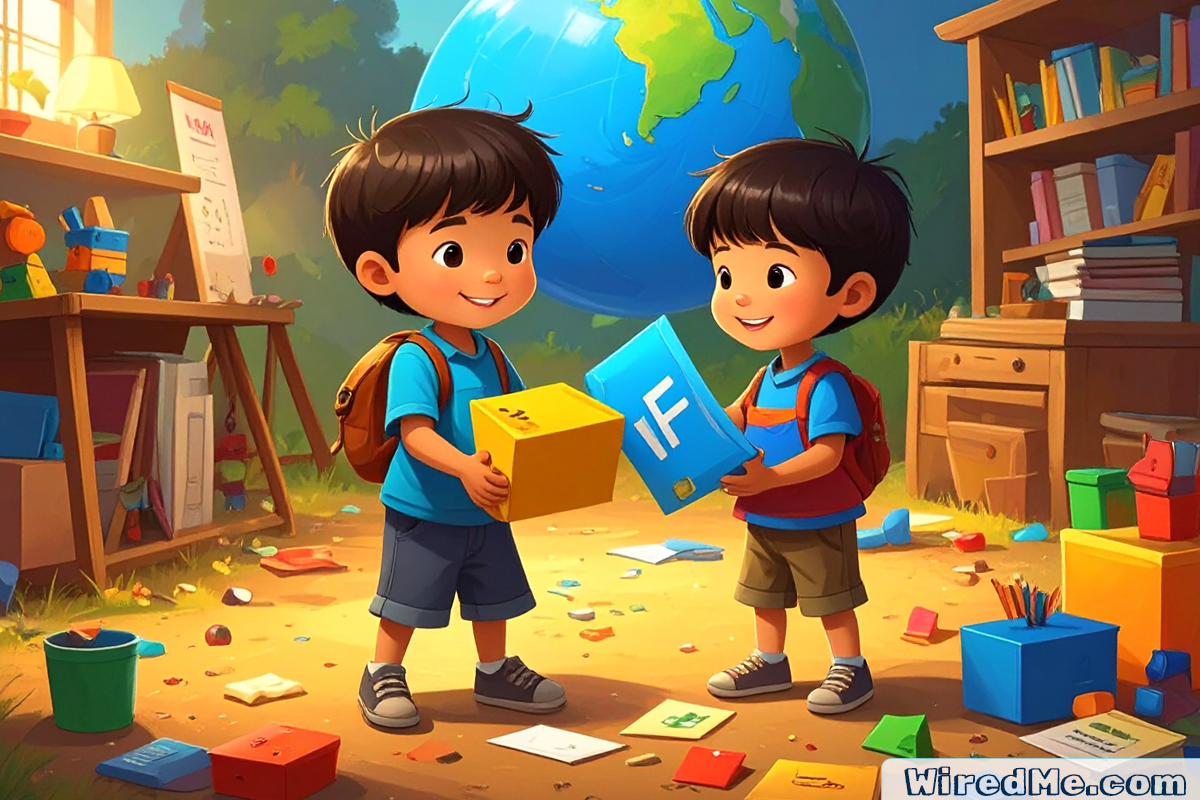In my work as a developer, I constantly rely on conditionals to make decisions in the software I build. At home, when I’m teaching my kids how code works, I introduce conditionals as one of the first tools for logic. “Conditionals in coding” is just a fancy way of saying: check a rule, then make a choice.
When kids start to see how rules affect behavior, they begin to understand the core of how programs think.
What conditionals in coding means
A conditional is a rule the program checks. If the rule is true, it follows one path. If the rule is false, it chooses a different path. In other words, a conditional helps the program decide what to do next. As developers, we use conditionals all the time to guide decisions. For example, we might say, “If the user is logged in, show their dashboard.” This kind of logic keeps programs responsive and accurate.
How I explain it to kids
At home, I use a simple analogy. Picture a fork in the road with a sign. One side says, “If it’s raining, take the umbrella path.” The other side says, “If it’s sunny, take the hat path.” We follow just one road based on the weather. In the same way, a program picks a single path based on whether a condition is true or false. This helps kids see that choices in code follow rules, one at a time, not all at once.
Why conditionals in coding matters Understanding conditionals helps kids in several ways. First, it supports critical thinking. They learn to check a rule before acting. That step-by-step mindset translates to other subjects and real-life decisions. Second, it improves reliability. Programs that use clear conditionals behave the same way every time. Lastly, conditionals build problem-solving skills. When something doesn’t work, kids can test their rules and figure out what went wrong.
Developer lens
In real projects, conditionals are everywhere. For example, when I write code that checks a password, I might use:
if (password.length < 8) {
return error("Too short");
}This is a straightforward way to catch a problem early. Developers often use what we call “guard clauses” to stop a program when something isn’t right, rather than letting it continue down a broken path. When there are multiple options, we might use a “decision table” or a way to look up the right action based on input. These patterns keep code clear and prevent confusion.
Where it goes wrong
Conditionals can cause trouble if we’re not careful. One common pitfall is confusion around “truthiness.” In some languages, values like zero, empty strings, or false behave differently, which can lead to bugs. Another issue comes from overlapping rules. If more than one rule can apply, the program follows the first one it finds, which may not be the one you expect. Deep nesting is another problem. That’s when you pile multiple conditionals inside each other, making the code hard to read and easy to break.

Language we use at home
To help conditionals make sense, I keep the language simple. I’ll ask, “If this is true, then what?” or “What’s the opposite?” I remind them, “Only one road at a time,” and “Let’s test the rule first.” These phrases help kids build a mental model for how programs make decisions.
Quick signals of progress
When your child starts noticing that a rule is missing or can explain what will happen before running their logic, that’s a great sign. If they can explain why a certain choice happened by using “if” logic, they’re well on their way to thinking like a programmer.
Small glossary
A conditional is a rule that checks if something is true or false.
A branch is the path the program takes based on that decision.
Once kids understand these two ideas, a whole world of logic opens up.
Related reading on Wired Me
Trusted resources outside Wired Me
When kids understand conditionals in coding, they see how rules shape outcomes. One rule, one check, one path. It builds logic, confidence, and clean decision-making.
FAQ
What is a conditional in coding?
A conditional is a rule the program checks to decide what to do next.
What is an example of a conditional?
“If it’s raining, wear a raincoat. Else, wear a t-shirt.” The program picks based on the weather rule.
How do conditionals help kids learn coding?
They teach kids to think logically, predict outcomes, and follow rules.
What age can kids start learning conditionals?
Even kids as young as five can grasp the basics using games and movement.


Leave a Reply